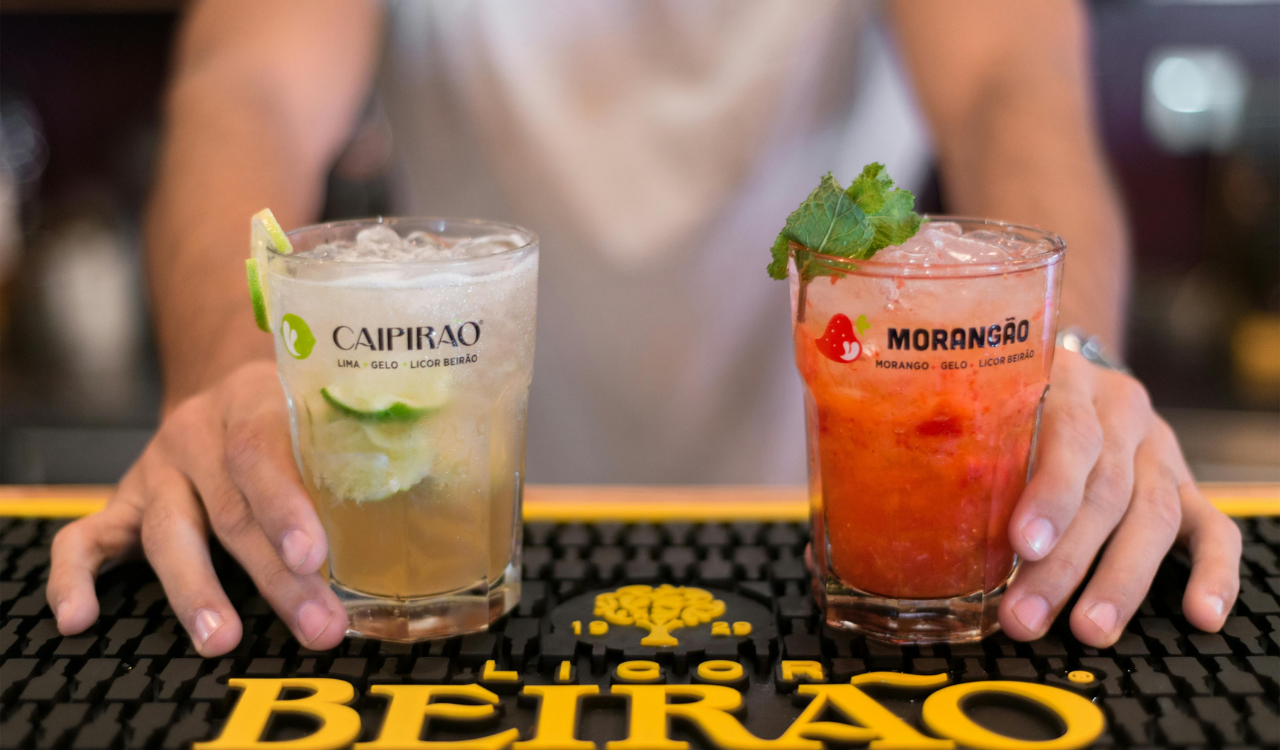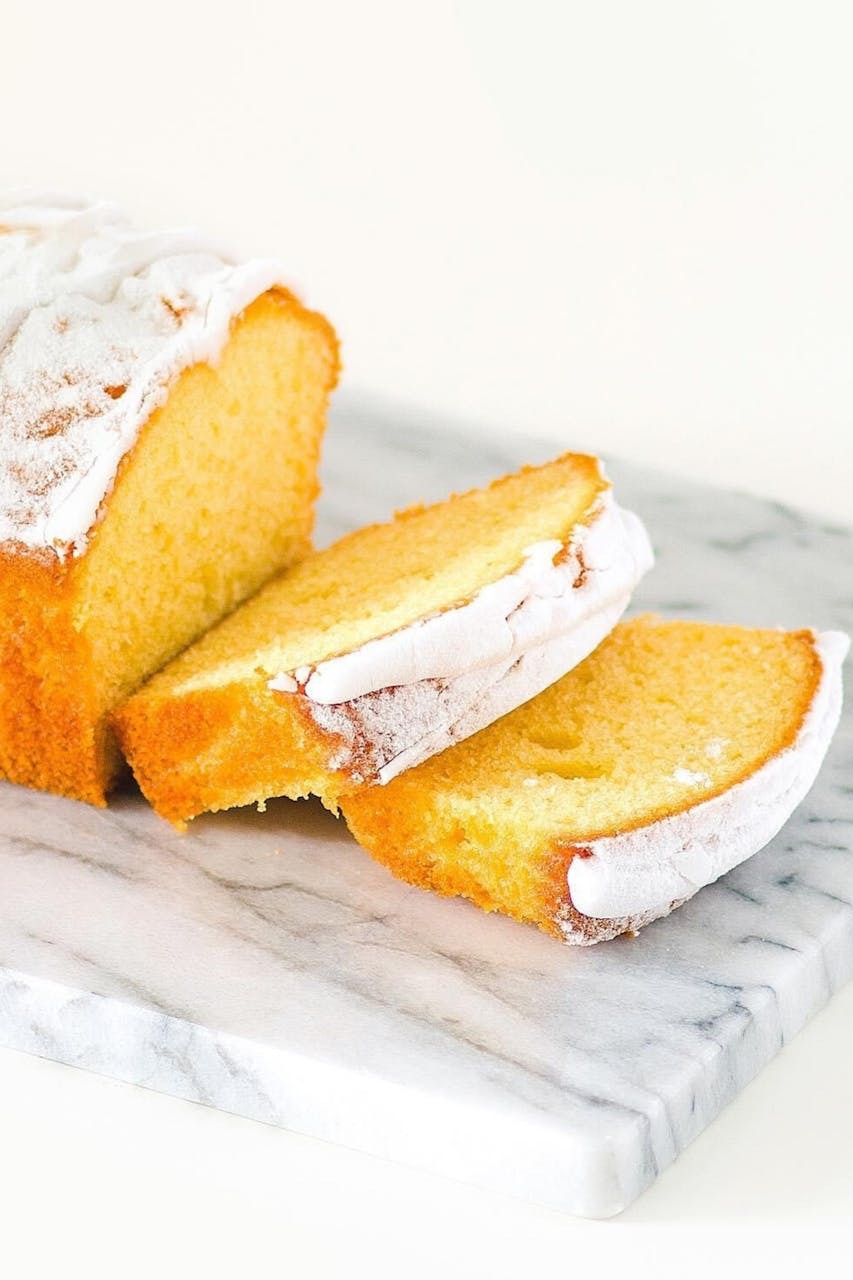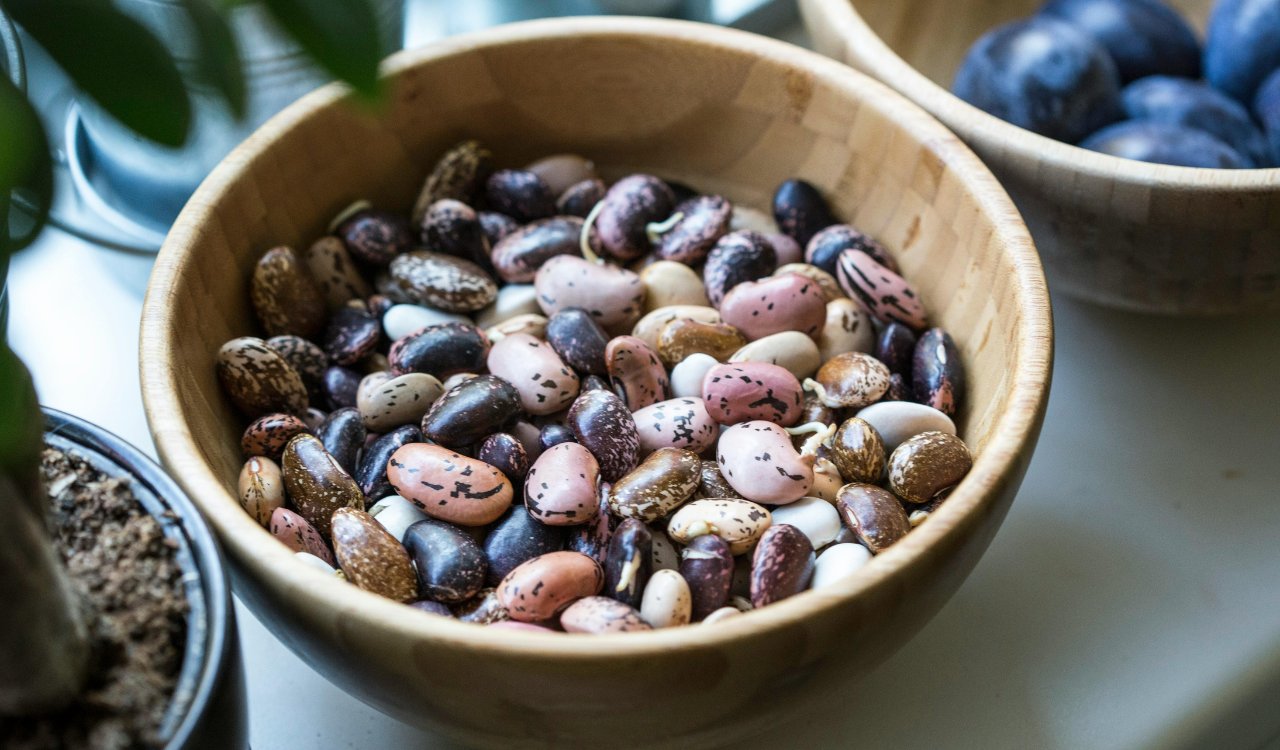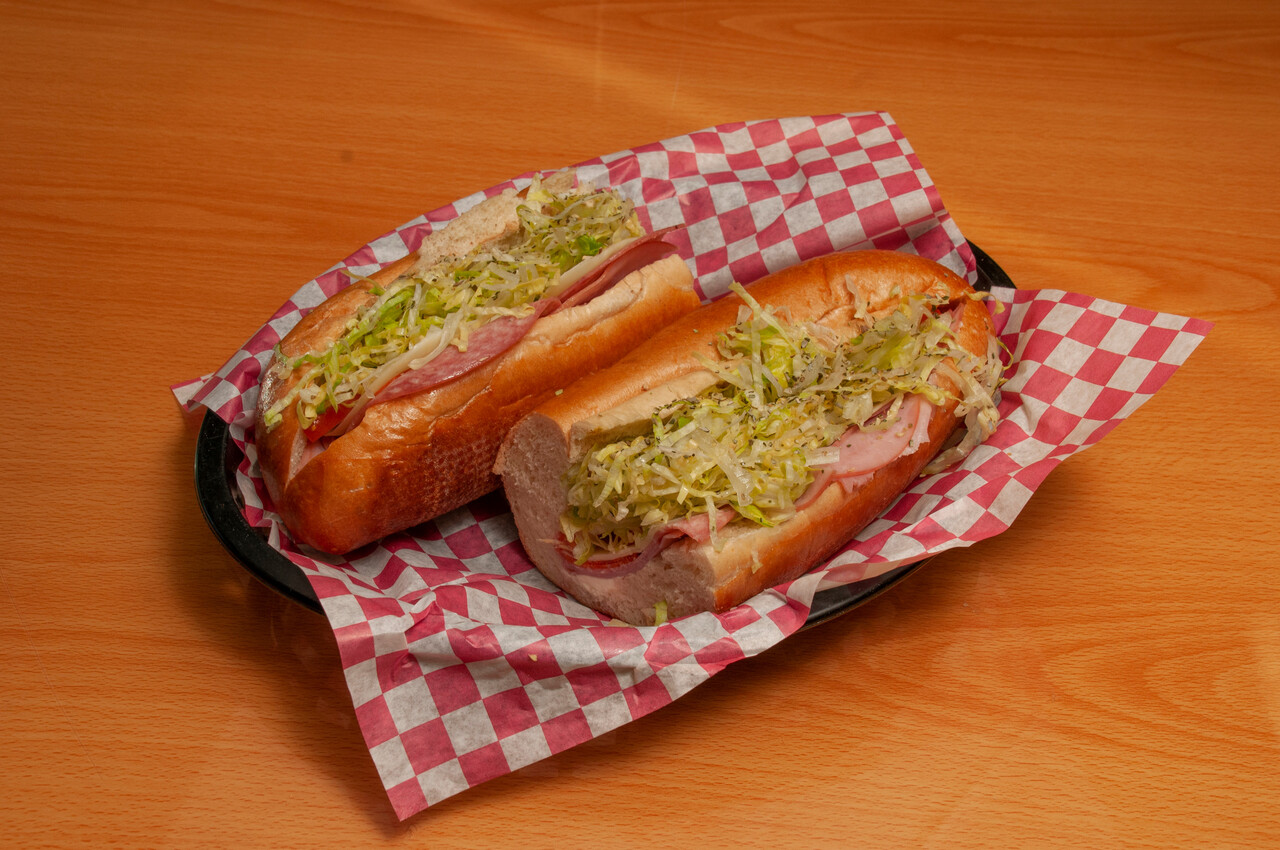8 Kitchen Habits That Keep Leftovers Safer Longer
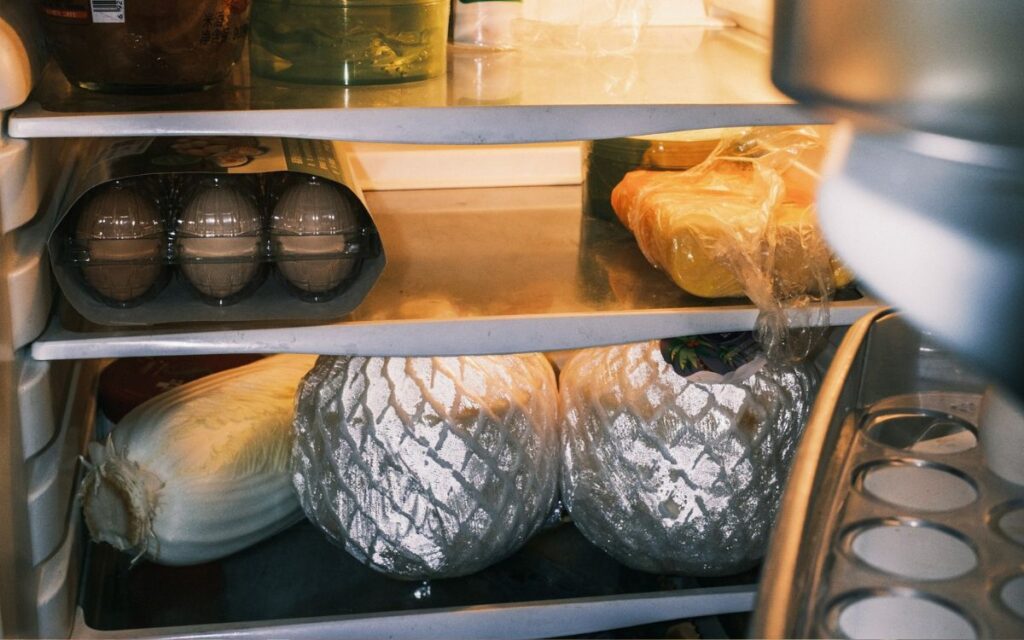
Leftovers are a great way to save time, money, and reduce food waste if stored and handled properly. By building a few smart habits into your routine, you can keep meals safer and fresher for longer. Cool food quickly before storing, use airtight containers, label with dates, and organize your fridge so nothing gets lost. When reheating, heat thoroughly to the right temperature. With these eight simple practices, you’ll cut down on spoilage, lower the risk of foodborne illness, and make meal planning easier.
1. Cool Quickly: Use Shallow Containers
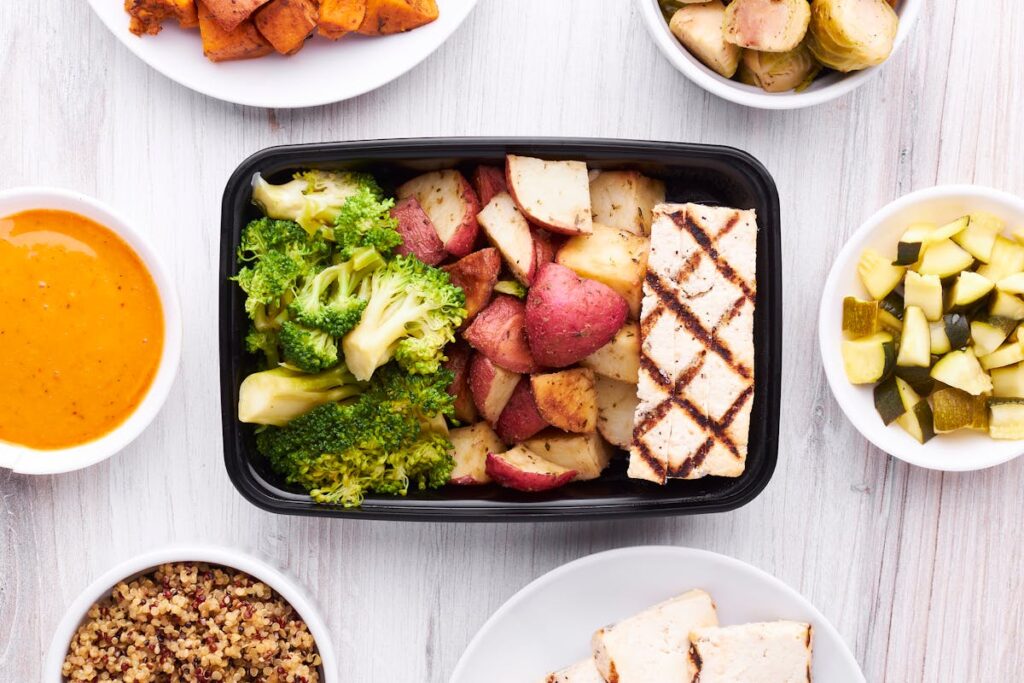
Cooling food quickly reduces time spent in the bacterial “danger zone” between 40°F and 140°F. After cooking, transfer hot dishes into shallow, labeled containers to help heat escape and speed cooling. Leave lids slightly ajar until the surface temperature drops, then seal and place on a low shelf in the fridge. Cooling within two hours preserves texture and flavor and lowers the risk of spoilage, especially for dense or starchy meals. This small habit will keep leftovers safer longer and simplify reheating.
2. Store at Safe Temperatures
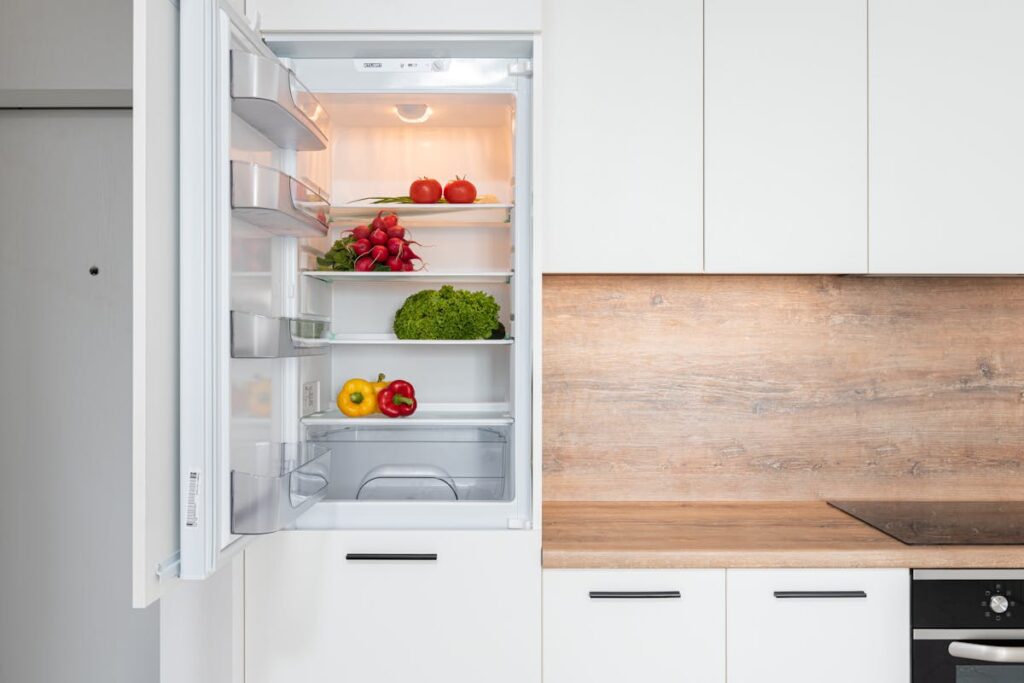
Keeping your refrigerator at a safe temperature is vital. Set the fridge to 40°F (4°C) or below, and use a fridge thermometer to verify. Place cooked leftovers on lower shelves where temperatures are most stable, avoid stuffing the fridge full, and keep hot foods from being placed directly next to chilled items. Regularly check door seals and condenser coils; a well-maintained fridge cools faster and keeps bacteria growth in check. Consistent temperature control is a low-effort habit that extends the life of your leftovers.
3. Divide Bulk Portions Before Refrigerating

Large pots and casserole dishes hold heat and cool slowly; dividing them into smaller portions before refrigerating increases surface area and speeds chilling. Use shallow containers to separate servings, then stack neatly once cooled. This method helps preserve texture and flavor and reduces the amount of time foods spend in the danger zone. Pre-portioning also makes grab-and-go meals easier and reduces the temptation to reheat the entire batch unnecessarily.
4. Label with Dates and Contents
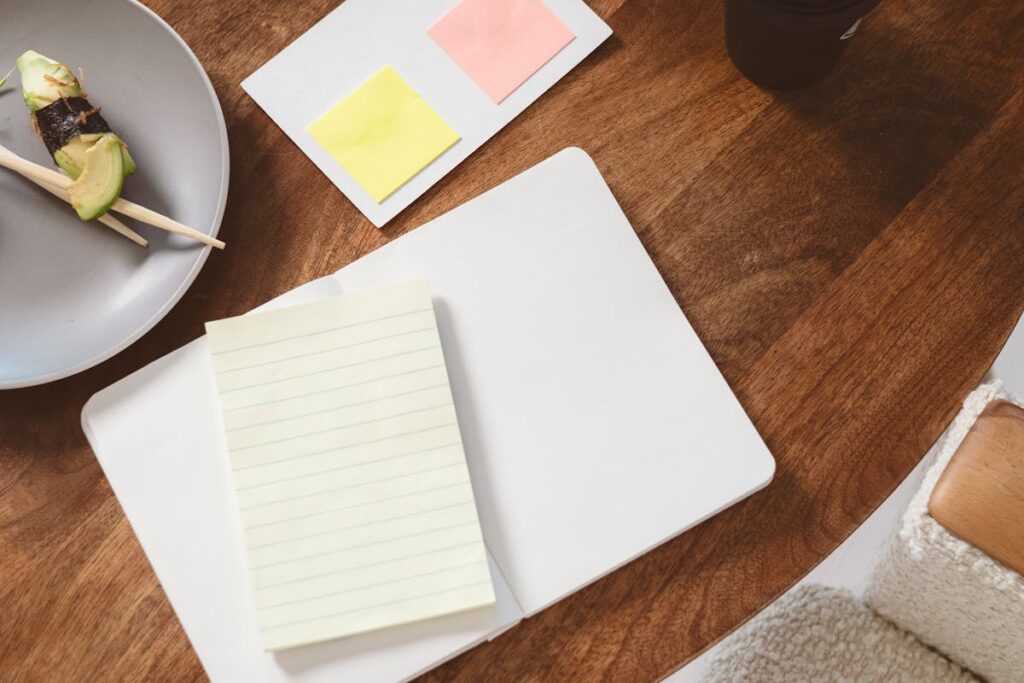
A simple label with the date and contents saves confusion later and reduces the risk of eating spoiled food. Use masking tape, a chalk marker, or pre-printed labels to note when the item was stored and what it is. For mixed dishes, add reheating instructions or notes about allergens. Labels help you implement FIFO (first in, first out) and make it easy for household members to know what should be used soon, cutting down on mystery meals and potential waste.
5. Use Airtight Containers or Wrap Well
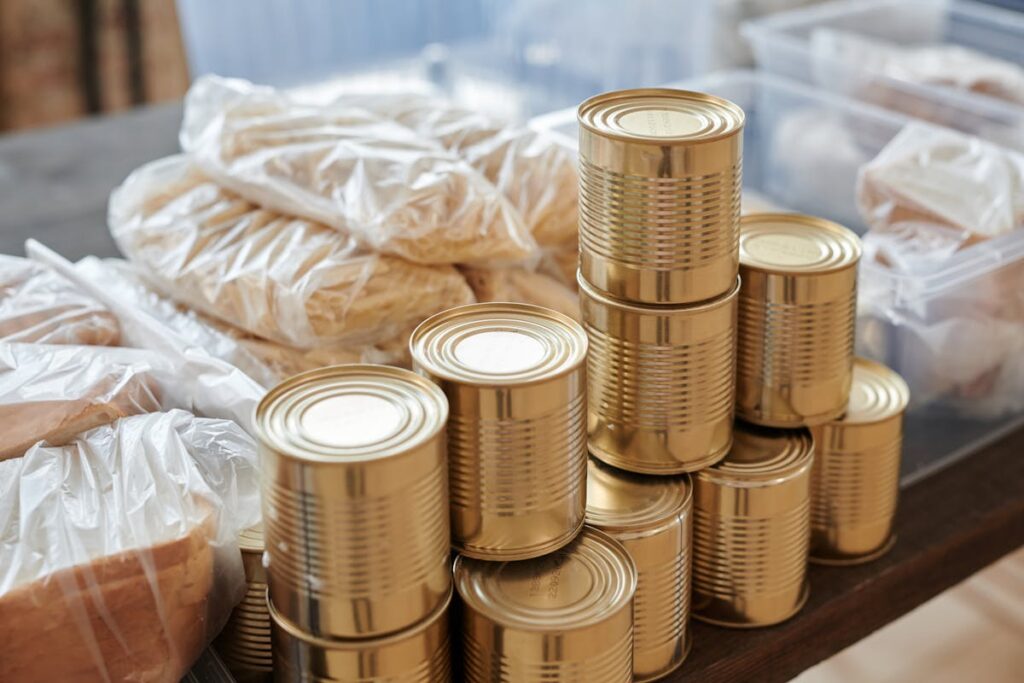
Airtight storage prevents cross-contamination, slows moisture loss, and keeps odors from transferring between foods. Choose glass or BPA-free plastic containers that seal tightly; for irregularly shaped items, wrap well with cling film or foil before placing in a container. Avoid reusing single-use packaging long-term. Proper containers also make reheating safer and more even, and they reduce air exposure which can accelerate spoilage and bacterial growth.
6. Reheat Thoroughly and Evenly
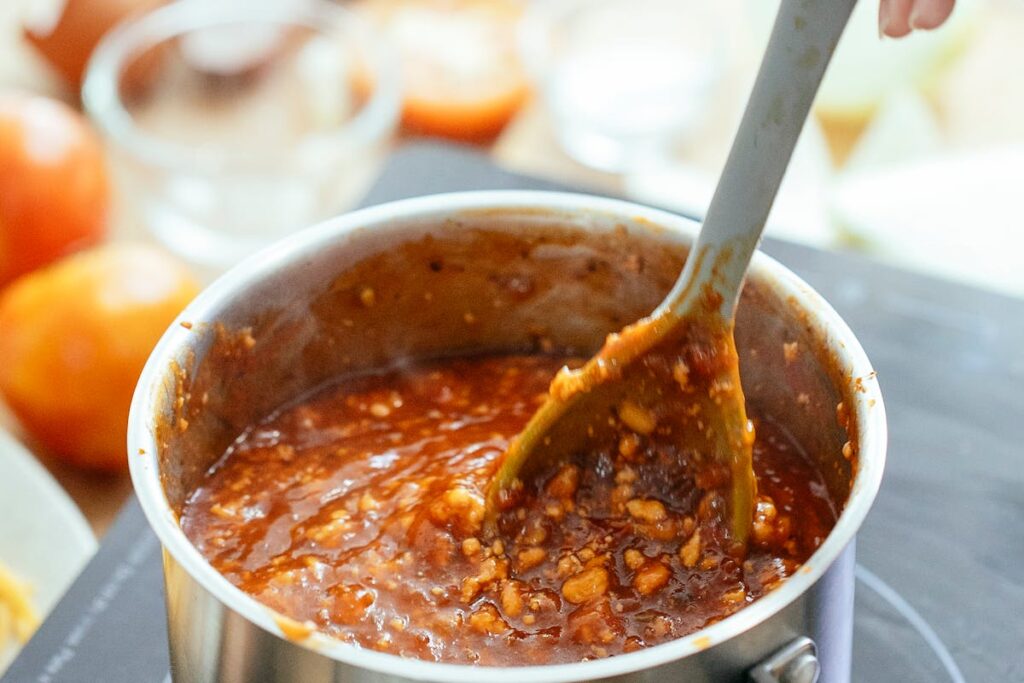
Reheat leftovers until they reach 165°F (74°C) throughout to kill harmful bacteria. Use a thermometer for dense dishes, stir midway when microwaving to even out hotspots, and use lids or vented covers to retain moisture. For large batches, reheat only the portion you plan to eat rather than the whole container. When using stovetop or oven methods, bring soups to a low boil and heat casseroles to a steady simmer to ensure safe internal temperatures.
7. Keep High-Risk Foods Separate
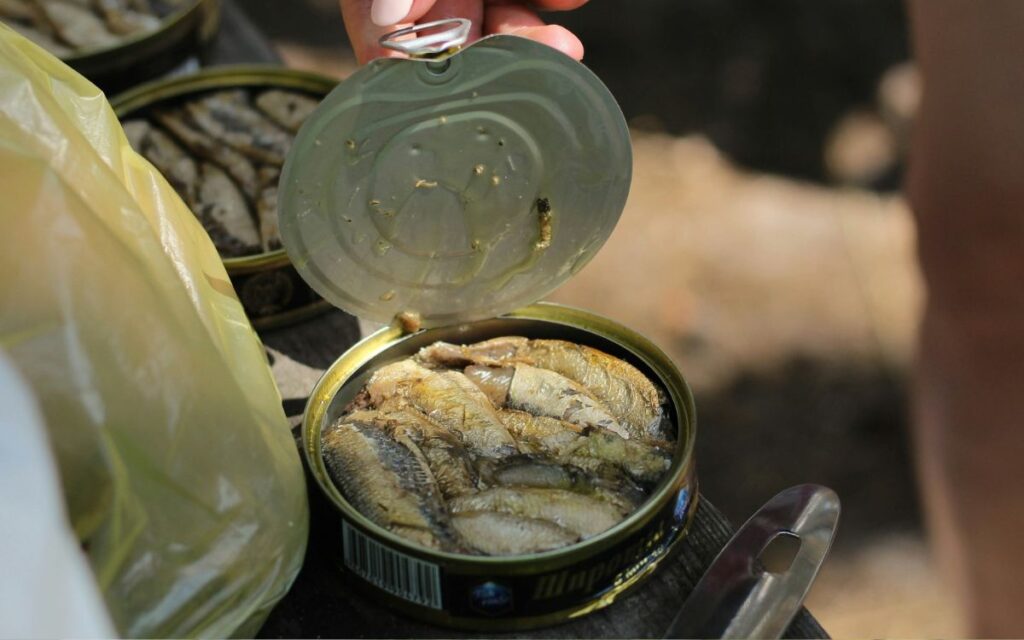
Certain foods like cooked rice, poultry, seafood, and creamy sauces are at higher risk for bacterial growth if mishandled. Store these items on their own shelves or in clearly marked containers, and avoid placing them above ready-to-eat foods that might be contaminated by drips. Handle with extra care when cooling and reheating, and use within recommended timeframes. Separating high-risk items reduces cross-contamination and helps you prioritize what to use first.
8. Practice FIFO: First In, First Out
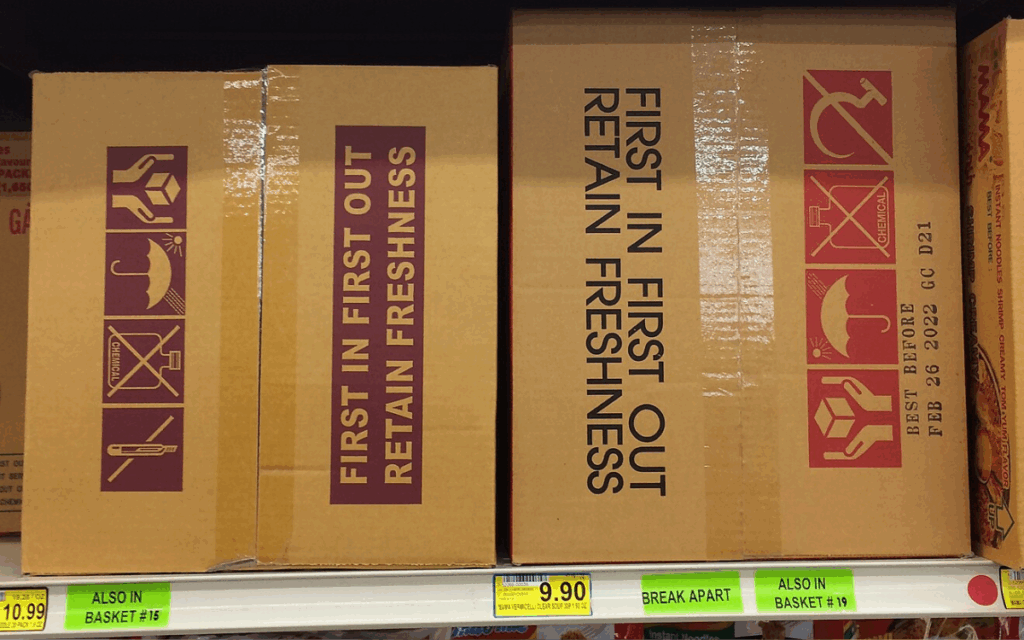
FIFO, or first in, first out, is a simple system to make sure older leftovers get eaten before new ones. Place newer containers behind older ones, keep items clearly labeled with dates, and move older foods forward where they are visible. Planning a weekly leftover night helps clear items approaching their limit. This easy routine prevents forgotten mystery meals, cuts waste, and reduces the risk of spoiled food being consumed while keeping your fridge organized and efficient.
